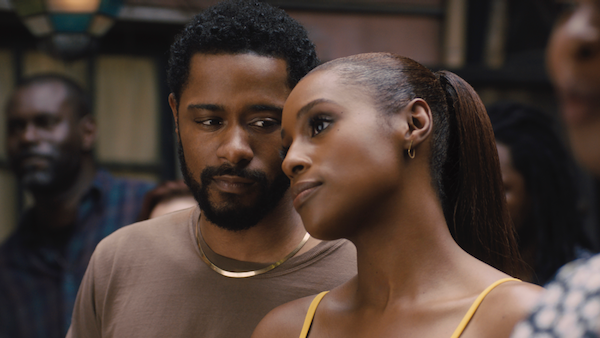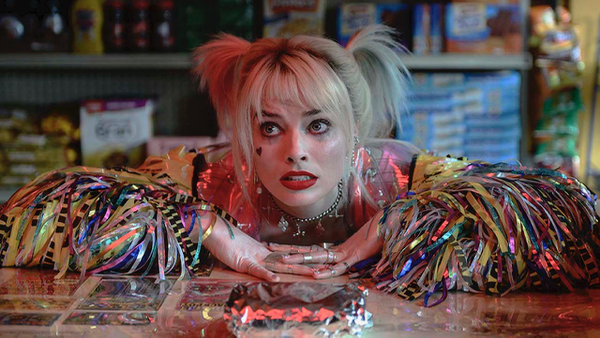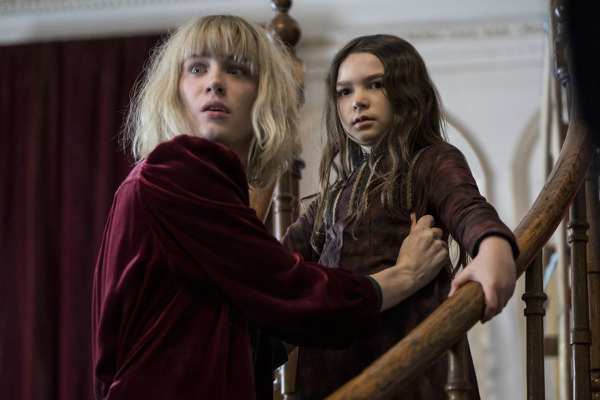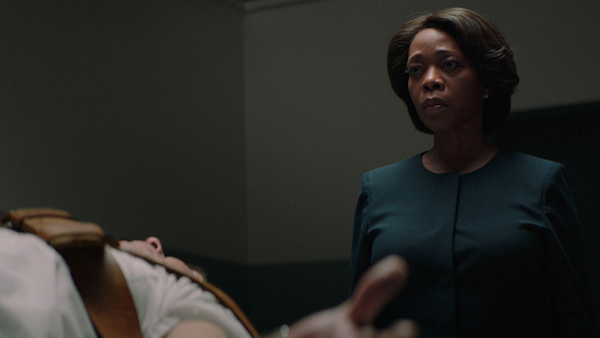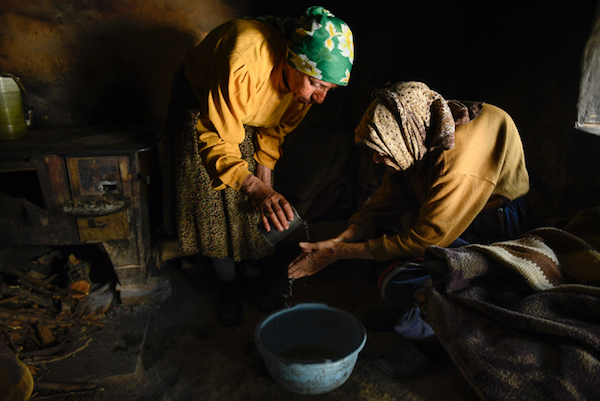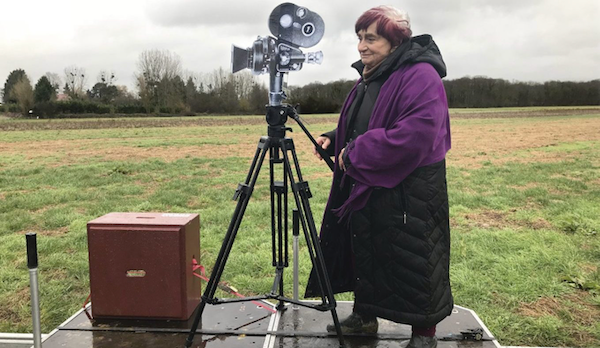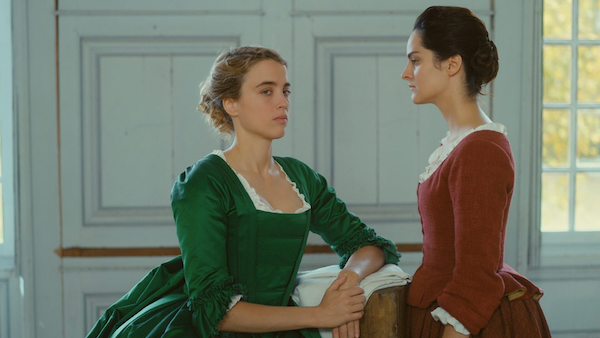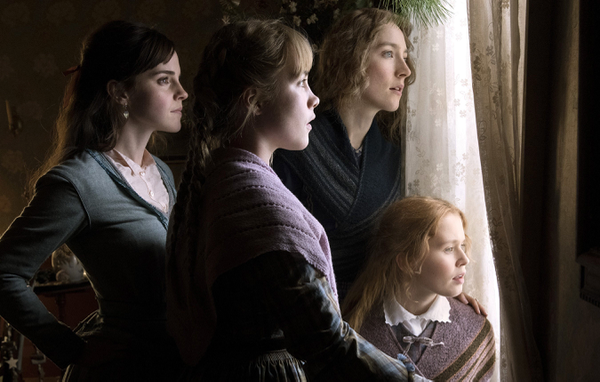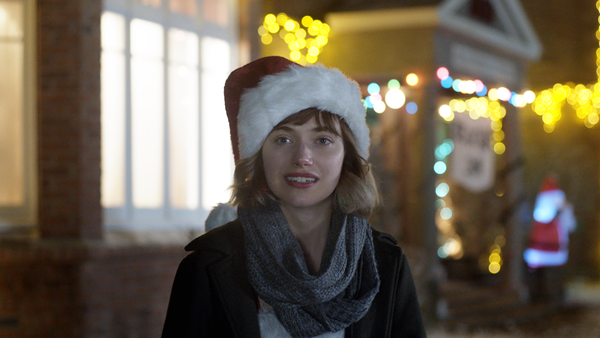
Interview by Greg Carlson
WARNING: The following conversation reveals plot information. Read only if you have seen “Star Wars: The Rise of Skywalker.”
The release of the ninth chapter in the saga that George Lucas started with the original “Star Wars” in May of 1977 draws to a close one of the most captivating stories in popular cinema — at least for now. My good friend and fellow fan Tucker Lucas shared some reactions with me after seeing the movie with his family.
Tucker Lucas: I saw “The Rise of Skywalker” tonight. Looking forward to hearing your opinion.
Greg Carlson: I went in with tempered expectations to minimize my all-but-inevitable disappointment. Back when the trailer featuring Palpatine dropped, so did my heart. Luke’s observation, “No one’s ever really gone” is an understatement, both in terms of the literal diegesis from Force ghosts to “The dead speak!”and in terms of the saga’s affinity for recycling myths and motifs. There is no better source for unpacking and understanding the contours and purposes of the Legacy Film than Dan Golding’s “Star Wars After Lucas.”
TL: In my head canon, the prequels don’t exist, and the Disney sequels are not chapters 7-9 but their own story, divorced from any saga arc. I didn’t see the original trilogy until the remastered versions came out on VHS, right before the Special Editions were released in theaters. So while I’m not even close to being an O.G. fan, I do remember enjoying the mystery of wondering what 1-3 and 7-9 would have contained.
GC: Retroactive continuity has been a part of Star Wars since Lucas starting collapsing bloodlines into soap opera and Greek tragedy frameworks while preparing “Empire.” I will place Kylo Ren in the column of “Rise” positives. Given the obvious Vader parallels, I have babbled on and on about his redemption arc since “The Force Awakens.” Abrams relies on callback and symmetry maybe too much, but I was completely on board with Kylo’s Han Solo-vision moment, which had real emotional weight.
TL: Killing off Kylo was a bad move. It neuters the importance of Leia’s sacrifice, and removes from the story one of the most intriguing characters from the Disney sequels.
GC: Kylo did not need to die. Leia should have shouldered that burden for both her son and Rey. The fact that Kylo committed genocide, one supposes, is a moral reason to take him out, but the Rey-Kylo kiss implies interesting possibilities and I think the Star Wars universe is better with him in it.
TL: To be honest, I’m a little gun-shy these days about expressing my opinion in regards to Star Wars, because the online discussion gets so toxic and battle lines get drawn so quickly that I have no interest in participating. Of the Disney sequels, “Rise” is my least favorite. Even with my criticisms of “The Last Jedi,” I’m able to find plenty in that movie that I like.
GC: My biggest complaint is that Abrams walked back too many of Johnson’s risk-taking choices. You know that I love what Johnson did in terms of storytelling and character, and Rey is one-hundred percent a stronger figure in the series if she is not a direct relation to any of the major family lines, including Palpatine. How cool would it have been if the last dialogue spoken in “Rise” was “…just Rey”?
TL: I agree with you that Rey not sharing lineage with any named bloodline is a better story choice, and of my previously subverted expectations, that’s the one I warmed to on a second viewing of “The Last Jedi.”
GC: I did get to imagine Palpatine having sexual intercourse, though, which is pretty entertaining to visualize. I would argue to Abrams that you do not need to resurrect Palpatine to finish this trilogy. Palpatine’s reactor shaft death/exclamation point indicated the symbolic turn of Vader away from evil and should have real consequences and real finality. But if he must come back, does Rey need to be his relation? Couldn’t she just be another super Force-sensitive figure in the giant, multi-planet, multi-system galaxy?
TL: There is so much potential meat on the bone when it comes to the Rey-Kylo relationship. Plus the redemption arc would have been all the more interesting if Ben Solo has to live in a world where he had previously committed genocide, like Bucky Barnes after “The Winter Soldier.”
GC: I loved every moment Lando was onscreen and every reading of every line that Billy Dee Williams delivered. Lando is such a survivor! Williams was just golden and deserved another scene or two with more direct plot impact, even though I hung on every word during his brief exchange with Naomi Ackie’s Jannah.
TL: I’m struggling to think of one thing I liked from “Rise” outside the Wedge Antilles and Lando cameos. The pacing was so frenetic that the film never breathes. Every scene the stakes would ratchet up a notch, which made me numb by the end. I couldn’t even force myself to care about the fact that Palpatine has a thousand Star Destroyers, each with planet-killing capabilities.
GC: I did feel all the feels seeing Luke’s X-wing take flight again. And Hamill’s brief presence was enough to remind me why I prefer “The Last Jedi.” Mike Scholtz and I had fun going over a few unanswered questions. Who owns C-3PO and R2-D2 now? Who owns the Millennium Falcon now?
TL: What did you think of how Abrams handled Leia?
GC: Integrating Fisher via weird odds-and-ends outtakes didn’t fully land for me from a technical perspective. It super sucks that Fisher died before filming would have given her a face-to-face scene with Adam Driver. I appreciated Leia’s sacrifice from a story perspective and was also pleased to see the Jedi training flashback, which reminded me of Leia reaching for Luke’s lightsaber in Ralph McQuarrie’s “Splinter of the Mind’s Eye” cover painting. But Fisher was never really interacting with any of the people in her scenes, and you can tell.
TL: Much like keeping Boba Fett’s identity secret, Star Wars is at its best for me when the wider universe is an insinuation instead of a brute fact. That being said, “The Mandalorian,” of which I am a super fan, will probably challenge that notion as it continues to expand.
GC: Right. When something concrete enters Lucasfilm canon, mysteries and possibilities are choked out and closed off. I still want to believe that Boba Fett is a she and not a he.
TL: As I think on this more, my biggest gripe with “Rise” is C-3PO’s sacrifice. The idea that he would willingly erase his memory banks for the information in the Sith message is incredibly heroic. One could argue it’s a selfless suicide. If the conclusion of the saga equates to the end of C-3P0 and R2-D2’s storyline, what an amazing ending that would have been. But Artoo reinstating C-3PO’s memory takes away the permanence of the sacrifice, which is what made it heroic in the first place.
GC: Yes, this was similar to letting the audience briefly believe that Chewie had died.
TL: Something the original trilogy does really well is show how annoying Threepio can be to the others, but they still see and treat him as a member of the family. With the addition of BB-8 and the hair dryer droid, it feels like Threepio is just kept around as a useful utility tool, and is never mourned after his mind is wiped.
GC: Never underestimate a droid.
